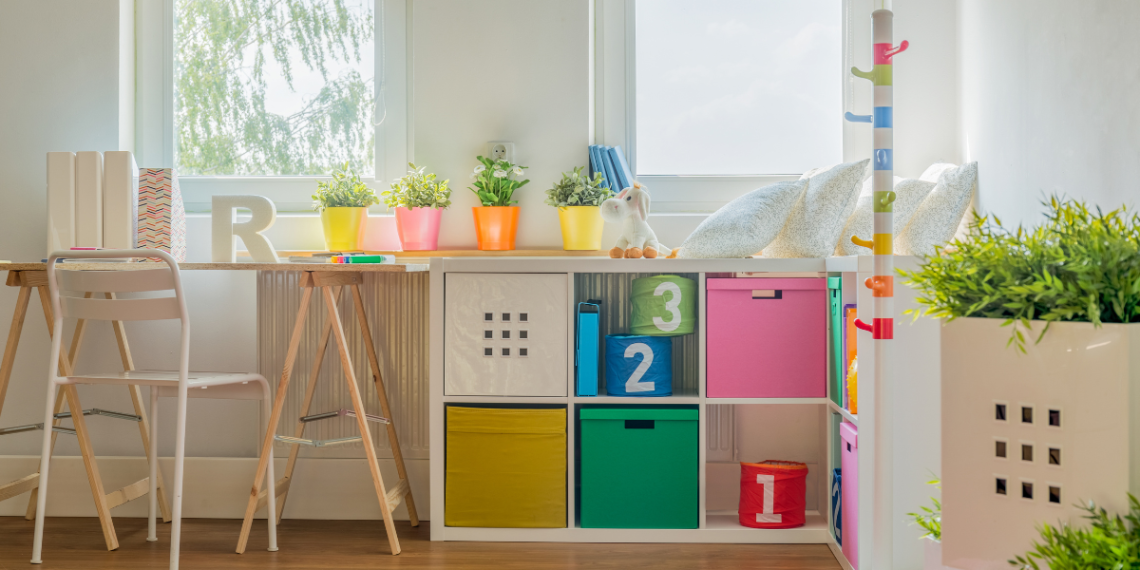The world of interior design is a canvas waiting to be painted with the brushstrokes of color, and the choices we make can significantly impact the ambiance of our living spaces. Have you ever walked into a room and felt immediate calm or energy? That’s the power of color psychology in decor.
In this blog, we’ll dive into the fascinating realm of how different colors influence our emotions and guide you through creating mood-enhancing color palettes for your living spaces.
1. The Impact of Colors on Emotions
Colors have an undeniable ability to evoke emotions and set the tone for a room. Understanding the psychological effects of each color is crucial when curating a decor palette. For instance, soft blues and greens can create a serene atmosphere, perfect for bedrooms or reading nooks. On the other hand, vibrant yellows and oranges inject energy and warmth, making them ideal for lively social spaces like the living room or kitchen. Dive deep into the emotional nuances of each color to tailor your decor to the desired ambiance.
2. Harmonizing Hues
Creating a cohesive color palette involves more than just picking a favorite shade. The key is to balance bold and neutral tones that harmonize seamlessly. Consider a triadic color scheme with three evenly spaced colors on the color wheel for a vibrant yet balanced look. Experiment with analogous colors for a more subtle and sophisticated approach. Remember, it’s not just about the wall colors; incorporating these harmonizing hues into furniture, decor elements, and even shelf decor can elevate the overall aesthetic of your space.
3. Shelf Decor: A Palette within a Palette
When it comes to decorating, the often-overlooked shelves are a hidden gem for expressing your color palette. Select decorative items, books, and trinkets that align with your chosen hues. Integrate accent colors in your shelf decor to create focal points that draw the eye and enhance the overall aesthetic. Whether it’s a pop of vibrant red or a touch of calming lavender, strategically placing these accents on shelves can contribute significantly to the mood you wish to convey in the room.
4. The Power of Neutrals
Neutrals are the unsung heroes of any decor palette. Whites, grays, and beige tones act as the canvas, allowing your chosen accent colors to shine. They also provide a timeless and sophisticated backdrop, ensuring your decor remains versatile and adaptable to changing trends. Don’t underestimate the impact of neutral wall colors and furniture when crafting your color palette—they lay the foundation for a well-balanced and visually appealing space.
5. Personalization and Expression
Your home is a reflection of your personality, so don’t be afraid to infuse your color palette with personal touches. Consider incorporating favorite colors or elements that hold sentimental value. Whether it’s a family heirloom or a piece of art, these personal touches add depth and character to your decor, making it uniquely yours.
Conclusion
In the art of decor, color psychology is a potent tool for transforming spaces into havens of emotion and expression. By understanding the impact of colors on our emotions, harmonizing hues effectively, and utilizing shelf decor as a palette within a palette, you can create living spaces that not only look aesthetically pleasing but also resonate with the mood you desire. So, embark on this colorful journey of self-expression and design, and let your decor tell the story of who you are.







